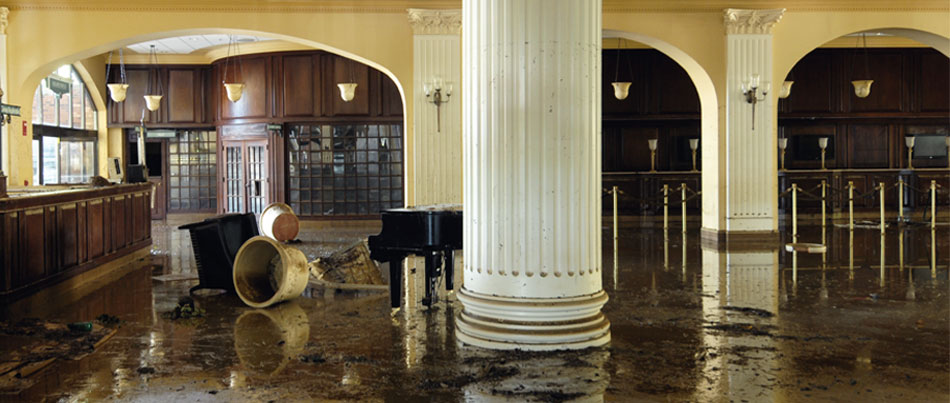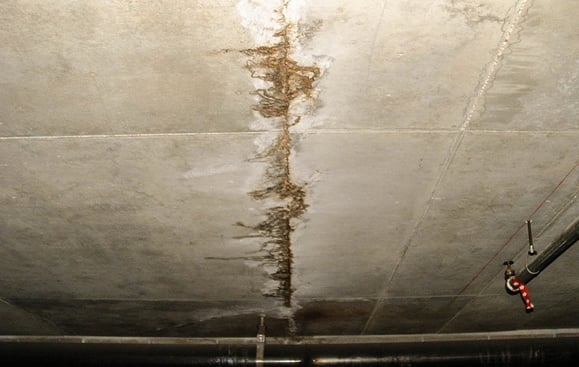Do's & Don'ts of Water Restoration.
Do's & Don'ts of Water Restoration.
Blog Article
This post below on the subject of Reducing Your Risk Of Water And Fire Damage At Home is quite attention-grabbing. Check it out for your own benefit and see what you think of it.

Water gives life, water breach on parts where it's not intended to be can result in damage. Residences with water damages smell stuffy and also old.
Water can come from numerous resources such as typhoons, floods, ruptured pipelines, leaks, and sewage system concerns. In case you experience water damages, it would be excellent to understand some security precautions. Right here are a few guidelines on just how to take care of water damage.
Do Prioritize Home Insurance Policy Coverage
Water damages from flooding dues to hefty winds is seasonal. Nonetheless, you can likewise experience an abrupt flood when a defective pipeline unexpectedly ruptures into your residence. It would be best to have home insurance policy that covers both acts of God such as all-natural disasters, and also emergencies like busted plumbing.
Don't Neglect to Shut Off Utilities
This reduces off power to your whole home, preventing electric shocks when water comes in as it is a conductor. Do not neglect to turn off the primary water line shutoff.
Do Remain Proactive as well as Heed Weather Alerts
Tornado floodings can be really unpredictable. If there is a history of flooding in your community, stay proactive and also prepared. Listen to discharge cautions if you live near a lake, creek, or river . Secure valuables from the first stage as well as basement, then put them on the greatest feasible degree. Doing so decreases prospective property damage.
Do Not Ignore the Roofing System
You can avoid rainfall damage if there are no openings and leaks in your roofing. This will stop water from flowing down your wall surfaces and also soaking your ceiling.
Do Take Notice Of Little Leakages
A burst pipeline does not occur over night. Usually, there are red flags that suggest you have actually compromised pipelines in your house. You may discover bubbling paint, peeling wallpaper, water streaks, water discolorations, or dripping noises behind the wall surfaces. At some point, this pipe will rupture. Preferably, you need to not wait for things to intensify. Have your plumbing fixed prior to it results in enormous damages.
Do Not Panic in Case of a Ruptured Pipeline
Maintaining your clearheadedness is crucial in a time of situation. Worrying will just compound the problem because it will stifle you from acting fast. When it pertains to water damages, timing is crucial. The longer you wait, the even more damage you can expect. Thus, if a pipe bursts in your residence, immediately shut off your major water shutoff to remove the source. Then unplug all electrical outlets in the location or switch off the breaker for that part of your home. Ultimately, call a reputable water damages reconstruction professional for help.
Water gives life, water breach on parts where it's not supposed to be can result in damages. Residences with water damage smell old and also moldy.
Water damage from flooding dues to hefty winds is seasonal. You may see bubbling paint, peeling off wallpaper, water streaks, water spots, or dripping noises behind the walls. When it comes to water damages, timing is key.
Are Water Mitigation and Water Damage Restoration the Same Thing?
When are Water Mitigation Services Needed?
Water intrusion can come from small sources like a dishwasher leak or larger ones like rainwater causing inches of standing water in a basement. Other instances of damage that call for water mitigation services include:
Sewer backup, sump pump failure, or clogged toilets Toilet wax seal failure Shower pan corrosion Pipe leaks and ruptures Washer or icemaker line breaks HVAC drain line blockage A leaking roof Moisture behind walls Foundation cracks Mold Mold is a good example to illustrate how water mitigation works. We’ve often found that clients we do mold remediation services for had existing water damage issues that ended up leading to the mold damage. When performing water mitigation we look for what’s causing the water problem and for ways to stop mold before it multiplies and becomes a bigger concern.
Are You Currently Experiencing a Water Disaster?
If you’re in the middle of a water intrusion disaster, here are some important dos and don’ts to follow:
Don’ts:
Safety first! Do not enter a room with standing water until the electricity has been turned off! A regular household vacuum should never be used to pick up water. Never use electrical appliance if standing on a wet floor or carpet. Leave visible mold alone. Dos:
Call a water mitigation professional as soon as possible. Mold and other damage can begin within hours of a water intrusion. Mop and blot up as much water as possible. Remove non-attached floor coverings and mats but leave wall-to-wall carpeting removal to a pro. If there are window coverings like draperies that touch the water, loop them through a hanger and put them up on the rod. Remove wet cushions to dry and wipe down soaked furniture. Move valuables like paintings, photos, and art objects to a dry location. Books should be left tightly packed on shelves until it’s determined if they need specialized drying. Prop open closets, cabinets, and drawers to allow them to air out. https://cfrsfl.com/blog/are-water-mitigation-and-water-damage-restoration-the-same-thing/

I am just very inquisitive about Fire And Water Damage Prevention and I hope you liked the entire blog post. Do you know someone else who is enthusiastic about the topic? Take a moment to share it. I love reading our article about Preventing Fires and Water Damage In Your Home.
Report this page